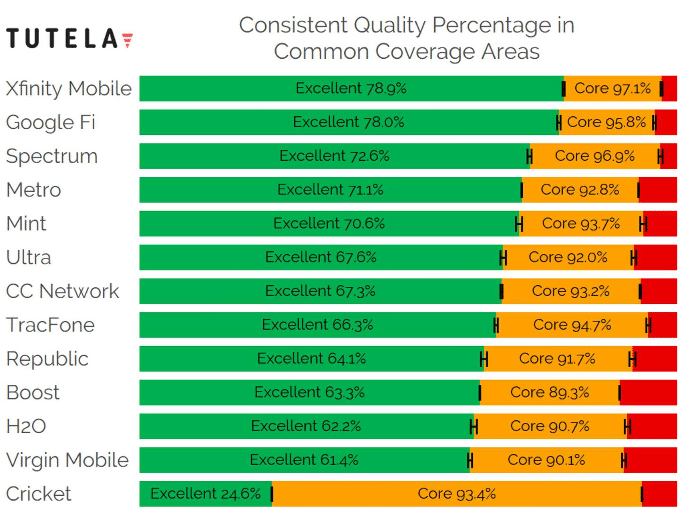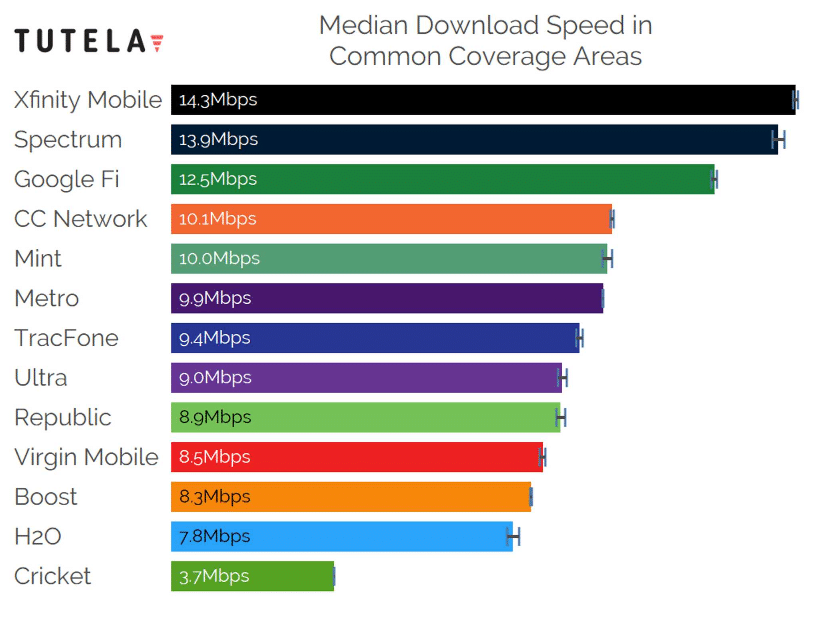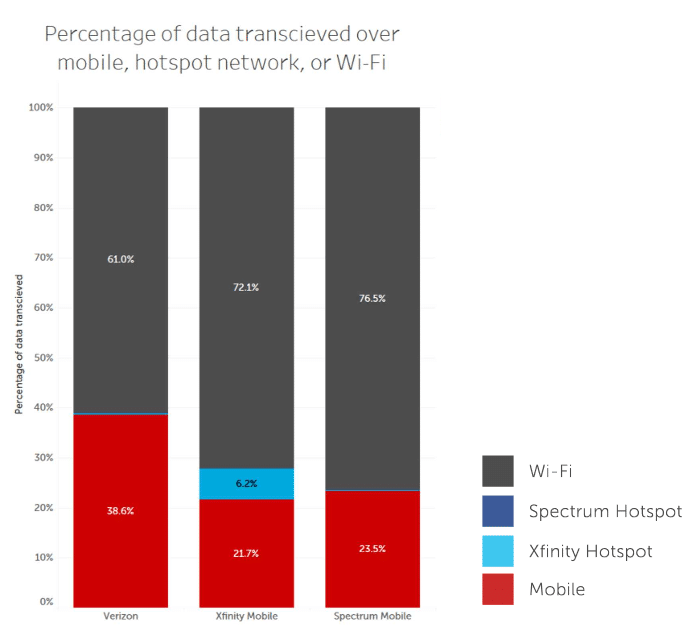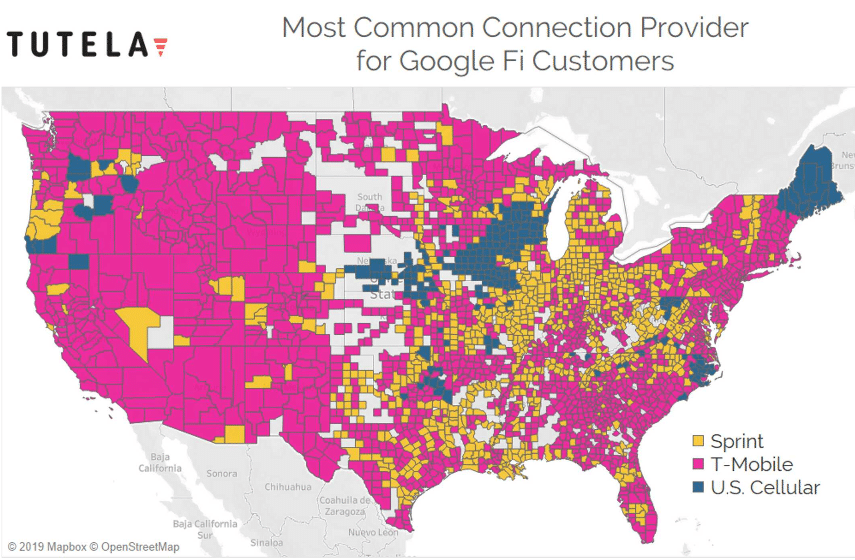In July, Ting announced plans to cease offering service over T-Mobile’s network and begin offering service over Verizon’s network. Initially, it looked like Verizon service would become available in late 2019. Ting also appeared to have plans to move all of its existing customers on T-Mobile’s network to new networks by the end of 2020.
Recently, Ting’s plans have changed. Here’s an excerpt from Tucows’ (Ting’s parent company) last post-quarter Q&A session (emphasis mine):
I am pleased to report that we have reached a subsequent agreement with T-Mobile and a mobile virtual network enabler (or MVNE), named Prepaid Wireless Group (PWG), that essentially eliminates that expense and risk. Prepaid Wireless Group will now be considered our direct provider of T-Mobile network access. The new deal accomplishes a few important things: It extends our ability to support customers on the T-Mobile network for another three years starting this December, with an option to extend further. It allows us to continue to activate subscribers on the T-Mobile network if we choose. And it maintains our current T-Mobile wholesale rates and gives us very reasonable annual revenue guarantees.
With this deal, we no longer have any urgency to migrate these subscribers away from T-Mobile, and no reason to incur expensive incentives going forward to do so. We will now add Verizon with much less rush. We will think about what is best for both our incoming and existing subscribers, and our business across all three of our networks; Sprint, Verizon and T-Mobile. With very achievable guarantees across all three in the coming years, we also put ourselves in a position to see the outcome of the still unresolved Sprint/T-Mobile situation and be able to watch the landscape evolve.
While Ting will now have the option to add new subscribers to T-Mobile’s network, I expect Ting will generally steer new customers away from T-Mobile. Ting has previously suggested that the rates it pays for access to T-Mobile’s network are not as competitive as the rates it pays for access to Verizon’s superior network.
Mitch from Ting left a comment on Reddit with a bit more information:
I’m still excited for Ting to launch its Verizon-based service, but I don’t know if we’ll see that service become available before the end of 2019.
Hat tip to Reddit user robchaos for drawing attention to the information in Ting’s recent Q&A session.
Added after publication: Ting began offering service over Verizon’s network in February 2020.







